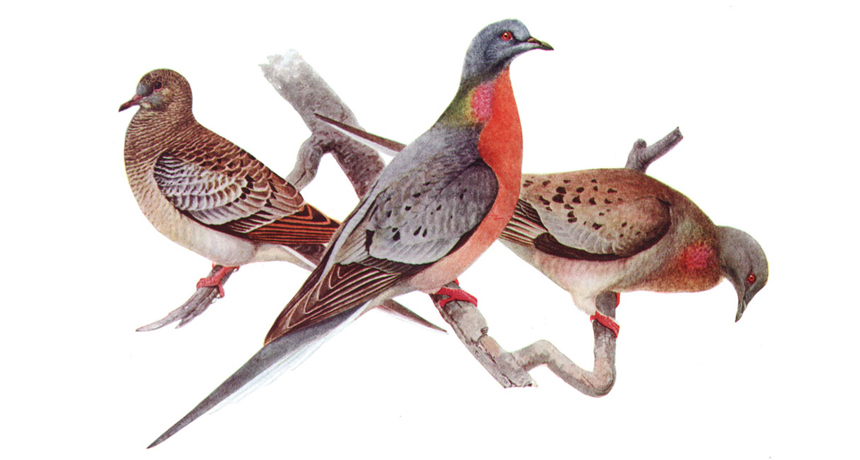
UPS AND DOWNS Passenger pigeons flocked in huge numbers in the 1800s, but new DNA analysis finds evidence of small populations in the birds’ deep history.
Patrick Coin (Illustration by Louis Agassiz Fuertes)/Flickr (CC by 2.0)

UPS AND DOWNS Passenger pigeons flocked in huge numbers in the 1800s, but new DNA analysis finds evidence of small populations in the birds’ deep history.
Patrick Coin (Illustration by Louis Agassiz Fuertes)/Flickr (CC by 2.0)